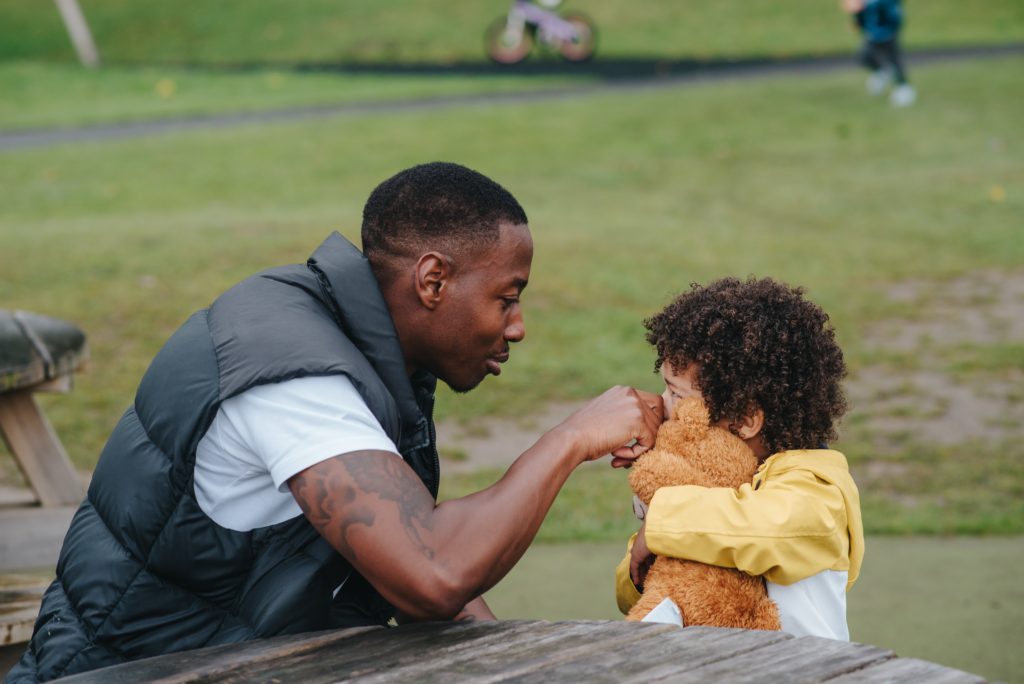
When your child is sick, you don’t want to think about who will help them. But as a parent, you must have the skills necessary in case something does happen.
So, if you are looking for some essential first aid tips for parents, this blog post has everything from managing nosebleeds and take-out splinters to choking relief and fever management. So read on if your goal is giving your child the best start possible!
Managing Nosebleeds
First, you need to assess the situation. If their nose is bleeding and they’re breathing comfortably, then leave them alone. If it’s uncomfortable or signs of distress such as panic, chest pain, shortness of breath, fatigue, or pale skin, call for emergency help immediately.
You can use a clean cloth to gently pinch-close one nostril (or even both) so that the blood will go down towards the mouth rather than up into the sinuses, where it could lead to an infection called epistaxis.
If your child still has nasal passages left open, blow very hard through one nostril while blocking off the other one with fingers until pressure builds and stops bleeding; repeat on the opposite side after clearing out any clots.
Know CPR
It is good to invest in knowing MyCPR NOW CPR & first aid certifications in case of emergencies. To perform chest compressions: 30 chest compressions should be done in a row, followed by two rescue breaths to help keep oxygen flow going until paramedics arrive on the scene.
Chest compressions alone can sometimes save lives when no breathing happens; they will restore some blood circulation and give your child’s heart time to pump again, which may eventually get them breathing independently of CPR.
Rescue breaths; for infants aged one-month-old or younger, give two slow, gentle puffs into their nose before each set of chest compressions (just enough so that they start breathing again). Children older than one year old who have lost consciousness for less than ten minutes only do mouth-to-mouth resuscitation if there are no signs of life such as coughing, vomiting, gasping, or making noises.
Choking Relief
Choking is widespread concern for parents. Choking can happen when an object becomes lodged in the throat or windpipe, preventing air from passing through and causing a person to gasp for breath.
Young children are at higher risk of choking because their throats and mouths are smaller than adults, making it easier for food or other objects to become stuck inside them. You must know what signs indicate your child may be choking such as coughing vigorously with fluids coming out of his mouth, wheezing without breathing, gagging but no vomit, and turning blue around the lips or face.
When your child chokes, you need to perform the Heimlich maneuver. The best way to do this is with a nearby adult, but if no one is available, then it can be done on your own.
In conclusion, it is not enough to provide first aid. Raising a child requires compassion, understanding, and patience from both parents and children alike. The most important thing for any parent is to prepare for the unexpected to keep their family healthy and happy. Using these skills will help you handle an emergency while also reassuring that your child’s safety comes before anything else!
